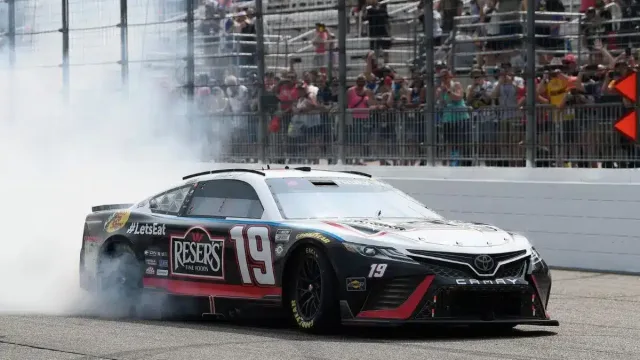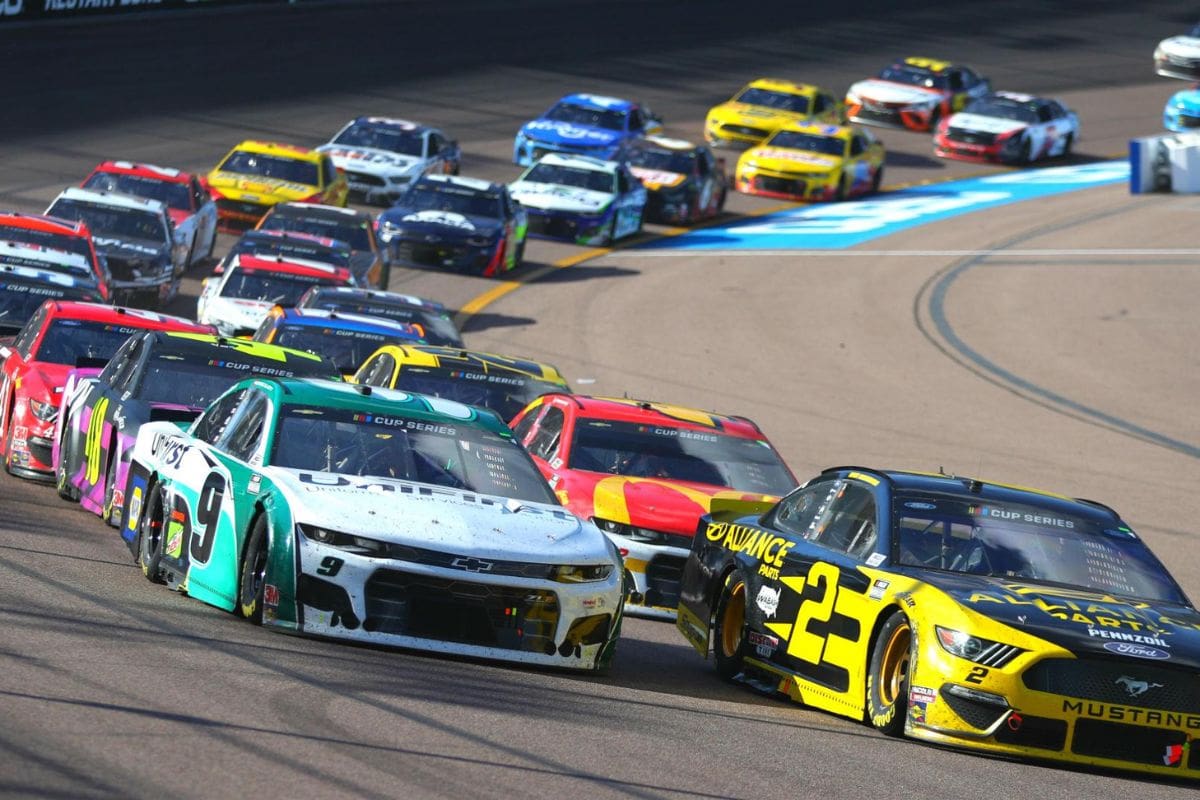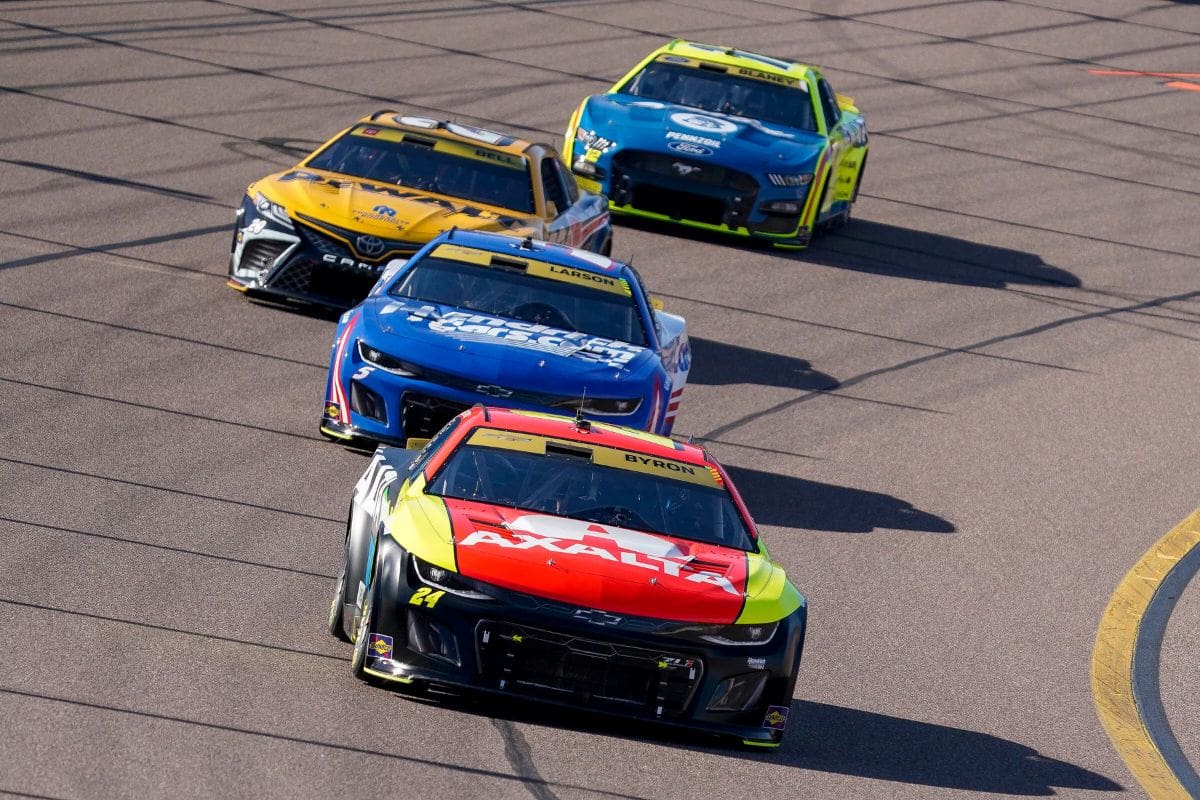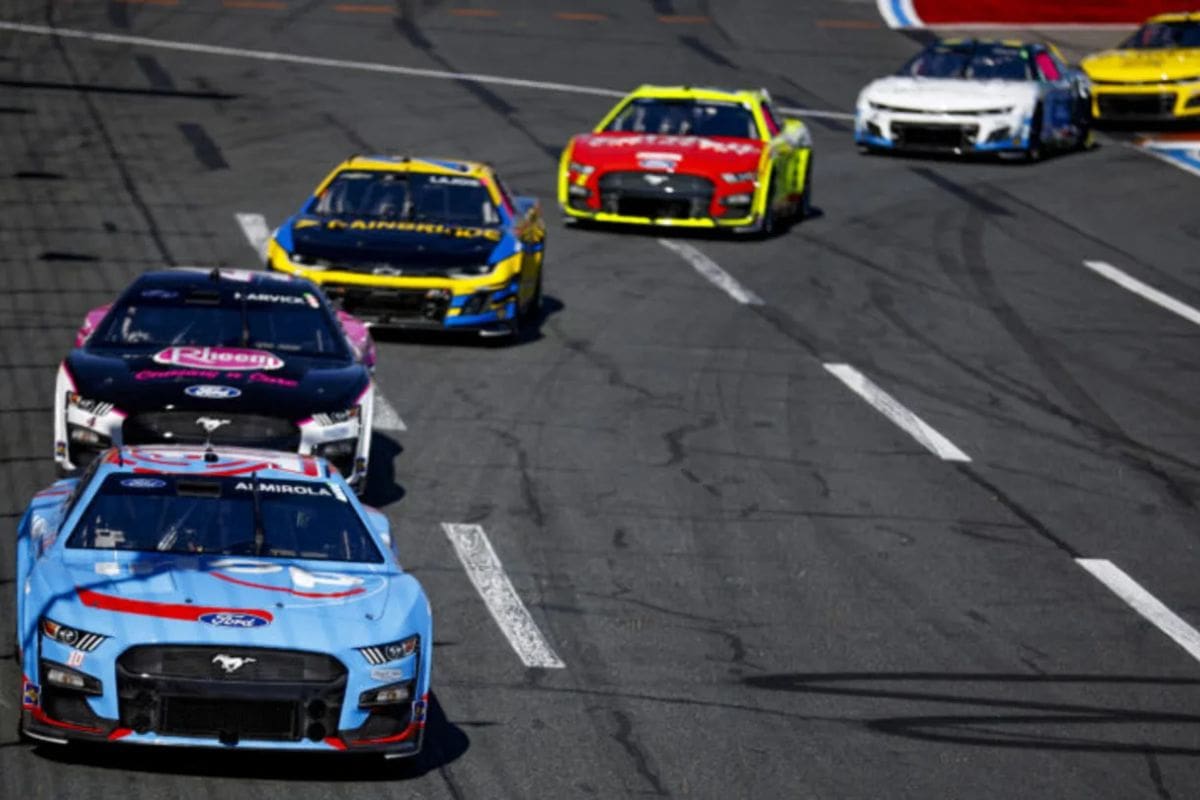NASCAR’s 7.7 Billion Dollars Media Deal: NASCAR’s recent $7.7 billion media rights deal marks a crucial shift in the landscape of motorsports broadcasting, provoking considerable apprehension among its fan base regarding escalating costs. As projected expenses for accessing Cup races could soar to approximately $250 in 2025, alongside an average cable subscription fee of $83, many fans voice concerns about the implications of exclusive streaming partnerships. This evolving financial model not only threatens to alienate dedicated supporters but also prompts a critical examination of their viewing habits and potential alternatives.
Key Highlights
- Fans are frustrated by rising costs, estimating a $250 expenditure to watch every Cup race in 2025, plus cable subscription fees.
- Exclusive streaming partnerships have led to concerns about accessibility, potentially alienating loyal fans.
- Some fans humorously suggested relying on social media updates instead of costly subscriptions to follow races.
- Many fans are willing to skip races outside their current subscriptions to manage financial commitments effectively.
- The community shows resilience and adaptability, emphasizing the need for NASCAR to address accessibility issues for continued support.
New Media Rights Deal
The recent signing of a $7.7 billion media rights deal marks a considerable turning point for NASCAR, reshaping the financial landscape of the sport. This unprecedented agreement, spanning multiple years, not only solidifies NASCAR’s position in the competitive sports entertainment market but also generates considerable revenue that could potentially boost the series’ profile.
By aligning with major broadcasters, the deal promises improved exposure for teams and drivers, potentially drawing in a new generation of fans.
However, the consequences of this deal extend beyond mere financial gain. Within the garage and the grandstands, there is palpable tension regarding its implications. Cup Series teams have expressed their desire for a revamped charter deal, fueled by the newfound financial influx; yet, their efforts have largely met a dead end, with only two teams actively protesting the status quo.
This stalemate raises critical questions about the balance of power between the sport’s governing bodies and the teams that form its backbone.
Fan sentiment has also shifted in response to the deal, as many express concern over rising costs associated with attending races and following the sport. While the media rights deal is a potential boon for NASCAR, it remains crucial that the interests of the fans and teams are carefully considered.
Projected Expenses and Historical Context
Steering through the financial implications of NASCAR’s $7.7 billion media rights deal requires an examination of projected expenses alongside the sport’s historical context. The complexities of this monumental agreement suggest a noteworthy escalation in operational costs, particularly as four broadcast partners—including FOX, Comcast, and Warner Brothers Discovery—are set to cover races.
The necessity for improved production quality and technological advancements will likely contribute to these mounting expenses, demanding a careful balance between profitability and sustainability.
Historically, NASCAR has thrived on a television-centric model since 1985, relying mainly on traditional broadcasting platforms. The advent of the digital age in the early 21st century introduced new avenues for viewership, yet NASCAR’s adaptation remained largely tethered to established television entities.
As streaming options become more integral, the 2025 media rights deal marks a crucial shift, incorporating broadcast TV, cable, and digital platforms. This diversification, while promising increased exposure, also raises concerns regarding the associated costs of maintaining and upgrading necessary infrastructure.
Fans, much like Cup Series teams, express apprehension about the potential financial repercussions stemming from these changes. If the expenses pass through to ticket prices or merchandise, there is a risk of alienating a loyal fan base.
As NASCAR navigates this new landscape, the historical reliance on television and the projected costs of modernizing its media strategy will be critical to ensuring both revenue growth and fan satisfaction.
Diverse Broadcasting Model and Costs
NASCAR’s adoption of a diverse broadcasting model represents a notable evolution in how fans will consume the sport, merging traditional television with modern streaming services. The introduction of Amazon Prime and Warner Bros. Uncover (WBD) alongside established partners Fox and NBC marks a considerable shift in media strategy, aiming to engage a wider array of viewers.
However, this multifaceted approach raises concerns regarding the cumulative costs associated with accessing these varied platforms. Fans are now faced with a prospective expenditure of approximately $250 to watch every Cup race in 2025, a substantial increase when compared to traditional viewing options.
With Fox and NBC each covering 14 races, and Amazon and TNT offering midseason packages, the necessity for multiple subscriptions becomes apparent. The average cable subscription costs around $83, but the inclusion of streaming platforms complicates the financial landscape. For those who travel frequently, subscriptions to services like Amazon Prime or Peacock may be crucial to guarantee uninterrupted access to races.
This diverse broadcasting model, while potentially enriching the viewing experience by providing broader coverage and cutting-edge content, may inadvertently alienate a segment of the fan base that finds the financial burden prohibitive.
The challenge will be to balance the advantages of this model with the economic realities faced by fans, guaranteeing that NASCAR remains accessible while also capitalizing on the lucrative opportunities presented by digital platforms. As the sport navigates this uncharted territory, the implications for fan engagement and overall viewership will be closely scrutinized.
Fan Reactions and Alternative Solutions
Amid rising concerns about the financial implications of NASCAR’s new media rights deal, fans are expressing a mix of frustration and ingenuity in response to the evolving broadcasting landscape.
The shift towards exclusive streaming by partners such as Warner Bros. Discovery and Fox has ignited worries about increased costs, as multiple subscriptions could strain fans’ budgets. However, many fans are already exploring alternative solutions to mitigate these expenses.
One notable approach is the tactical selection of streaming services that might offer promotional deals. A fan optimistically suggested, “If Amazon decides to stream their races on Freevie and/or offers a free trial of Prime next year, I might be able to watch the entire season without paying an extra dime.”
This highlights a growing trend among consumers to utilize free trials and promotional offers, allowing them to enjoy content without incurring additional costs.
Moreover, the sentiment of disengagement is also evident, as some fans express their willingness to skip races that fall outside their existing subscriptions. One commented, “It’ll cost me precisely $0 :)”, showing a pragmatic attitude towards the challenges posed by the new broadcasting model.
These reactions emphasize a notable shift in consumer behavior, where fans are not only adapting to the new media landscape but also actively seeking ways to maintain their connection with the sport while managing their financial commitments.
Creative and Sarcastic Fan Responses
As fans grapple with the financial implications of NASCAR’s new media rights deal, their responses reflect a blend of creativity and sarcasm. The announcement of potential streaming costs reaching $250 has sparked a wave of inventive alternatives among the fanbase, revealing both frustration and humor.
One notable suggestion involves eschewing costly subscriptions altogether in favor of social media updates, with one fan confidently asserting, “I can tune out social media and just watch the Full Race Replay on YouTube. I love the no commercials anyway.” This reflects a growing sentiment that the traditional viewing experience may no longer be necessary for avid fans.
Others have taken a more sardonic approach, with one fan humorously dubbing the $250 price tag as a “great deal” while simultaneously dismissing its practicality: “First off, that’s a great deal. Next, no it won’t.” Such remarks highlight the incredulity surrounding the financial demands of following the sport.
Even more audaciously, one fan donned a metaphorical shadowy cape, suggesting piracy as a means to bypass official channels: “Nah I’m just gonna keep pirating.”
As NASCAR navigates its new broadcasting landscape, it must consider fan sentiments that intertwine entertainment, loyalty, and financial strain. The 2025 season promises to be a significant moment, and how it aligns with fan expectations will be vital.
News in Brief: NASCAR’s 7.7 Billion Dollars Media Deal
The recent $7.7 billion media rights deal in NASCAR has provoked considerable debate regarding the financial implications for fans. As costs associated with accessing race content rise, concerns over accessibility and potential alienation of loyal supporters become increasingly prominent. This shift necessitates a careful examination of the evolving broadcasting landscape and its impact on fan engagement. Ultimately, the future of NASCAR viewership will depend on balancing revenue generation with the need to maintain a strong, dedicated fanbase.
ALSO READ: NASCAR Netflix Documentary: Teams’ ‘Access’ Ultimatum Sparks Charter Deal Controversy



